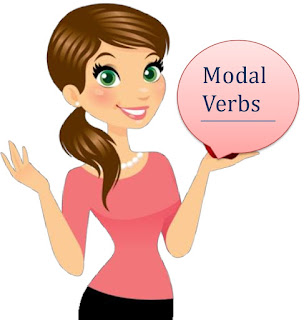Lesson Planning of Degrees of Adjectives
Subject English
Grade V
Students` Learning Outcomes
- Articulate, identify
and use degrees of regular adjectives and irregular adjectives.
Information for
Teachers
- Adjectives have three
degrees (1st, 2nd, 3rd) positive, comparative
and superlative.
- There are two types of
degrees of adjectives: as;
Regular and irregular
- Following are the
examples of regular degrees of adjectives:
- Following are some of
the examples of irregular degrees of adjectives:
Material / Resources
Writing board,
chalk/marker, textbook, 4-5 pencils of different length, a tennis ball, a table
tennis ball and a ball smaller than the table tennis ball, like playing marble
Introduction
- Show children a tennis
ball.
- Ask them if it is a big
or small ball.
- If they say it is
small, show them the table tennis ball and ask about its size.
- If they don`t answer,
tell them that this one is smaller.
- Repeat with the third
ball or playing marble and introduce them to the word ‘smallest’.
- Write a few adjectives
on the board; big, small, clean, dirty, good, bad, etc.
Development
|
Activity
1
- Pick
up four or five real objects of the same kind.
- For
example, four or five pencils of different length. Ask the students how they
would differentiate between the pencils, as;
- This
is a long pencil.
- This
pencil is longer than that.
- This
is the longest pencil.
- Using
a few flashcards showing different characteristics of common objects, the
teacher makes three sentences for three degrees of adjectives. The teacher
may then show a list having the three degrees of adjectives in a tabular
form.
- Some
other examples of such sort are given below: as;
|
|
Activity
2
- Tell
the students about adding ‘er’ with the adjective to form the comparative
degree and add ‘est’ for forming superlative degree of the adjective for
examples, as; old, older, oldest (for more examples see information for
teachers or consult a grammar book)
- After
that tell them that the adjectives ending with ‘y’ are magic words. The ‘y’
changes into ‘I’ and then we add ‘er’ and ‘est’, as; happy, happier, and
happiest.
- Irregular
Comparison: some adjectives are compared irregularly, i.e. ‘Their’ comparatives and superlatives are
not formed from the positive by adding ‘er’ and ‘est’. They don`t follow any
pattern, so you have to memorize these or learn them by lots of practice.
|
|
Activity 3
- Write the following sentences on the board.
- Ask the students to work in pairs and complete the sentences by
choosing the correct degree of the adjectives given in brackets.
- Tell students that when ‘than’ is used, the comparative degree of the
adjective is used such as in blanks 2 and 5 below:
- Ahsan is the __________ boy in our class. (tall, taller, tallest)
- The class test was ________ than we had expected. ( easy, easier,
easiest)
- King Akbar was the _______ of the kings we have ever heard of. (wise,
wiser, wisest)
- It is the ________ dress I have ever seen. (good, better, best)
- Ali is _______ than Ahmad. (short, shorter, shortest)
|
|
Activity 4
- Write the following sentences on the writing board.
- Sara is a taller than Ali.
- This is the thinnest book in the library.
- Today`s weather is worse than yesterday`s.
- This is the oldest house in our street.
- My uniform is neater than yours.
- Ask students to identify and articulate the degrees of adjectives
found in these sentences.
- Underline the adjectives when students have done this work.
|
Sum up / Conclusion
- Discuss about irregular comparisons (good, better, best),
and the comparative/superlative degrees of the adjectives that end in ‘y’.
Assessment
- Ask the students to complete the
following table individually.
- Involve the students in solving the problems related to
adjectives given in the exercise of the textbook.
Follow up
- The related activity in the textbook involving descriptions
could be given as a follow up of this concept.
- Continue to use different degrees of adjectives in your
daily conversation with students and remind them of their usage, as; ‘Today
it`s warmer than it was yesterday’.











Comments
Post a Comment